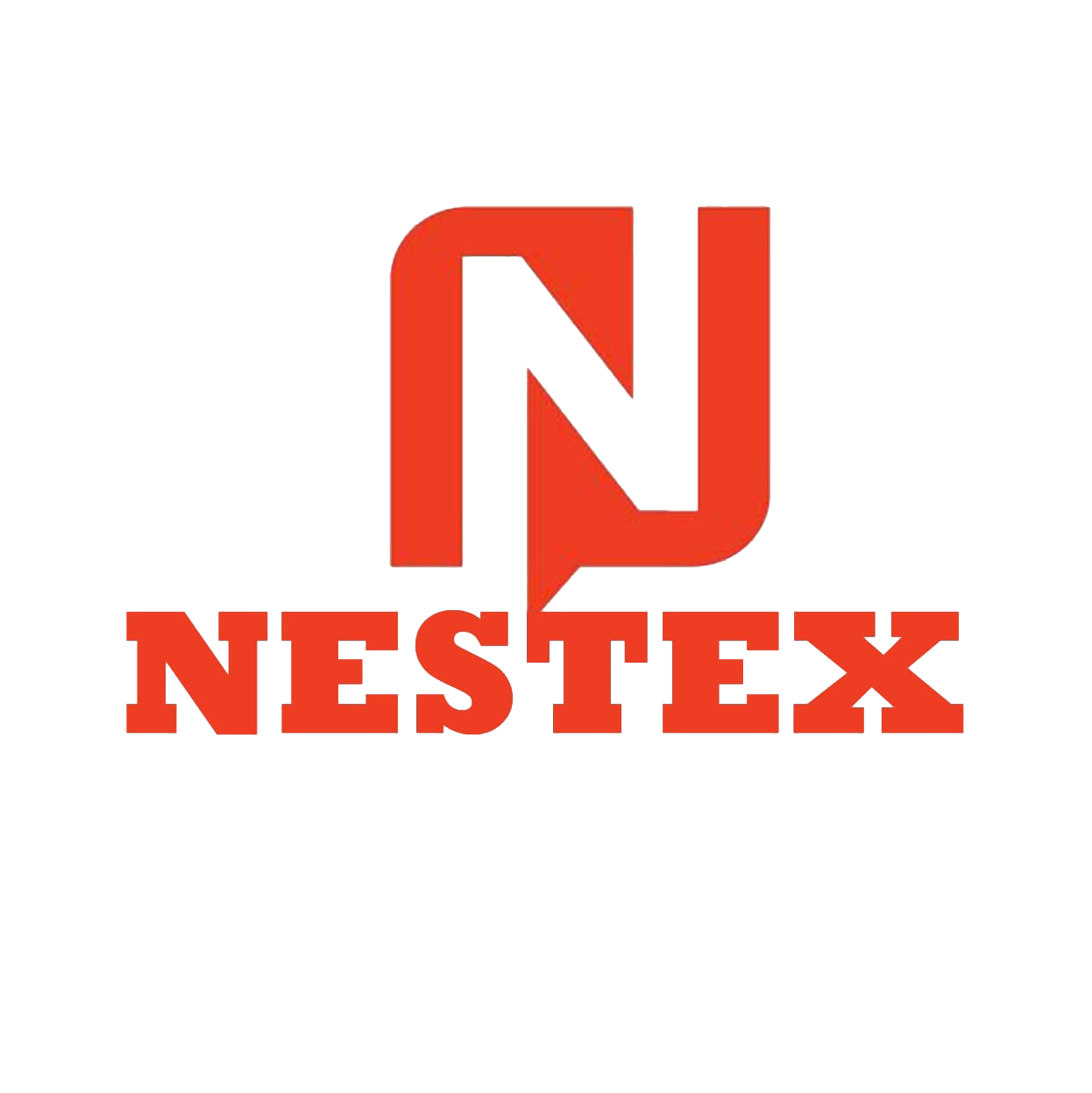Pourquoi Choisir une Plateforme d’Échange Sécurisée pour Vos Investissements

If you’re investing in cryptocurrencies, prioritize security above all else. A secure exchange platform reduces risks like hacking, fraud, and fund mismanagement. In 2022 alone, over $3.8 billion was stolen from exchanges due to weak security measures–avoid becoming part of that statistic.
Secure platforms use multi-signature wallets, cold storage, and two-factor authentication (2FA) to protect your assets. Look for exchanges with a track record of zero breaches, such as those audited by third-party security firms. Transparency reports and regular penetration testing are good indicators of reliability.
Regulation also matters. Platforms complying with FATF or MiCA standards enforce stricter anti-money laundering (AML) and know-your-customer (KYC) policies. This not only safeguards your funds but also ensures smoother withdrawals and deposits without unexpected freezes.
Finally, speed and fees shouldn’t compromise safety. Some exchanges offer low trading fees but cut corners on security–don’t take the bait. A slightly higher fee is justified if it means your investments stay protected. Compare platforms based on real user reviews and incident response times before committing.
How secure exchanges protect your assets from hacks and fraud
Secure platforms like https://echange-official.com/ use multi-signature wallets, requiring multiple approvals for transactions. This prevents unauthorized withdrawals even if a single key is compromised.
Cold storage keeps over 95% of digital assets offline, away from potential online breaches. Regular audits verify reserve balances, ensuring your funds remain available when needed.
Two-factor authentication (2FA) adds an extra verification step during logins and withdrawals. Combined with biometric checks, it blocks unauthorized access attempts effectively.
Behavioral monitoring systems detect unusual activity patterns, such as sudden large withdrawals or login attempts from new locations. Suspicious actions trigger automatic freezes until identity confirmation.
Insurance coverage protects against potential losses from security breaches. Leading exchanges maintain policies covering both hot wallets and custodial assets.
Encrypted data transmission using TLS 1.3 protocols secures all communications between your device and exchange servers. This prevents man-in-the-middle attacks during transactions.
Regular penetration testing identifies vulnerabilities before hackers can exploit them. Independent cybersecurity firms conduct these tests quarterly, with immediate patching of any discovered weaknesses.
The role of regulation and compliance in safeguarding your investments
Choose an exchange that holds licenses from recognized financial authorities like the SEC, FCA, or FINMA. These regulators enforce strict rules to prevent fraud, ensure transparency, and protect client funds.
How regulation reduces risks
Licensed exchanges must keep user deposits separate from operational funds. If the platform faces financial trouble, your assets remain secure. For example, the SEC requires US-based exchanges to follow custody rules that prevent misuse of customer crypto holdings.
Regular audits verify that exchanges maintain sufficient reserves. Platforms like Coinbase publish Proof of Reserves reports, showing they hold at least 100% of client deposits.
Key compliance features to check
Look for exchanges with:
- KYC/AML procedures – Identity verification reduces fake accounts and illegal activity
- Transaction monitoring – Systems that flag suspicious withdrawals or deposits
- Insurance coverage – Some platforms insure digital assets against theft or hacking
Non-compliant platforms often offer unrealistic yields or skip verification steps. These shortcuts frequently lead to collapsed projects, as seen with unregulated lending platforms in 2022.
Check an exchange’s regulatory status directly on the regulator’s website. For instance, the FCA maintains a public Financial Services Register listing authorized UK firms.
FAQ:
What makes a secure exchange platform different from a regular one?
A secure exchange platform prioritizes advanced security measures, such as two-factor authentication (2FA), cold storage for assets, and regular audits. Unlike standard platforms, these exchanges focus on minimizing risks like hacking and fraud, ensuring your investments remain protected.
How do I know if an exchange is truly secure?
Check for key security features like encryption, withdrawal whitelisting, and insurance funds. Reputable exchanges also undergo third-party audits and publish transparency reports. Look for user reviews and any history of security breaches before trusting a platform.
Are secure exchanges slower or harder to use?
Not necessarily. While some security steps, like identity verification, may take extra time, many secure exchanges balance safety with user-friendly interfaces. Features like instant trade execution and mobile apps make them just as convenient as less secure alternatives.
Can I lose money on a secure exchange?
Security reduces risks like theft, but market risks remain. Prices can drop, and poor trading decisions can still lead to losses. A secure exchange protects against external threats, but it doesn’t eliminate investment risks.
Why do some investors ignore security when choosing an exchange?
Some prioritize low fees or fast transactions over safety, especially if they trade small amounts. Others assume breaches won’t affect them. However, even minor security flaws can lead to significant losses, making secure platforms a smarter long-term choice.
